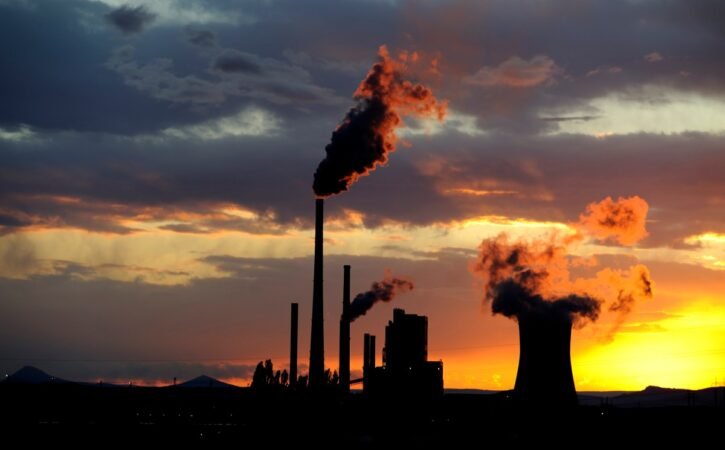Essential Insights
-
Fly Ash Potential: PHNX Materials transforms fly ash from coal power plants into a concrete additive that can replace up to 30% of cement, significantly reducing its carbon footprint.
-
Innovative Processing: The startup’s method removes sulfur and carbon impurities from fly ash, making it suitable for concrete production while also creating new sources of sulfur and aluminum.
-
Concrete Durability: Fly ash stabilizes concrete mixes, enhancing the longevity and durability of structures like highways and bridges, yet its availability has declined due to coal plant closures.
- Market Opportunity: As concrete companies face a fly ash shortage leading to higher costs and increased carbon emissions, PHNX aims to provide a scalable solution to decarbonize the construction sector by unlocking underutilized ash resources.
Turning Waste Into Resources
Coal-fired power plants have cast a long shadow over environmental health. They have contributed to climate change, acid rain, and serious health issues like black lung and heart disease. However, emerging technologies now show that the byproducts of this industry may hold surprising potential. PHNX Materials has discovered a way to transform fly ash— a common waste from coal plants— into a valuable resource for concrete production. This process can replace up to 30% of traditional cement. Consequently, it could significantly reduce the carbon footprint of concrete, a major contributor to global emissions.
The innovative method developed by PHNX involves stripping fly ash of sulfur and carbon, impurities that concrete producers typically avoid. By cleaning the fly ash, PHNX not only prepares it for use in concrete but also creates new sources of sulfur and aluminum. This repurposing stands to benefit both the concrete industry and other sectors. For example, sulfur can be used in fertilizers, which can aid agriculture. This shift highlights a promising approach to manage resources more sustainably.
Challenges and Opportunities Ahead
Despite these advancements, the closure of coal-fired power plants has led to a shortage of quality fly ash. Coal’s contribution to U.S. electricity has dropped sharply, diminishing availability for concrete. As a result, companies have reduced the fly ash content in concrete mixtures to around 8%. This shift forces them to rely on more expensive cement, which further escalates the material’s carbon impact. Every ton of cement produced emits approximately 0.8 tons of CO2. Understanding the importance of this resource, PHNX aims to unlock new fly ash supplies while addressing the unwanted impurities that complicate its use.
If PHNX Materials succeeds, it could significantly lower the carbon footprint of concrete while enhancing its durability. This progress embodies an important step toward a more sustainable construction industry. As society continues to grapple with climate change, opportunities like this signal the potential to transform waste into vital resources for future innovations. Embracing such technologies will be crucial as we move toward a greener, more sustainable future.
Continue Your Tech Journey
Learn how the Internet of Things (IoT) is transforming everyday life.
Stay inspired by the vast knowledge available on Wikipedia.
TechV1

